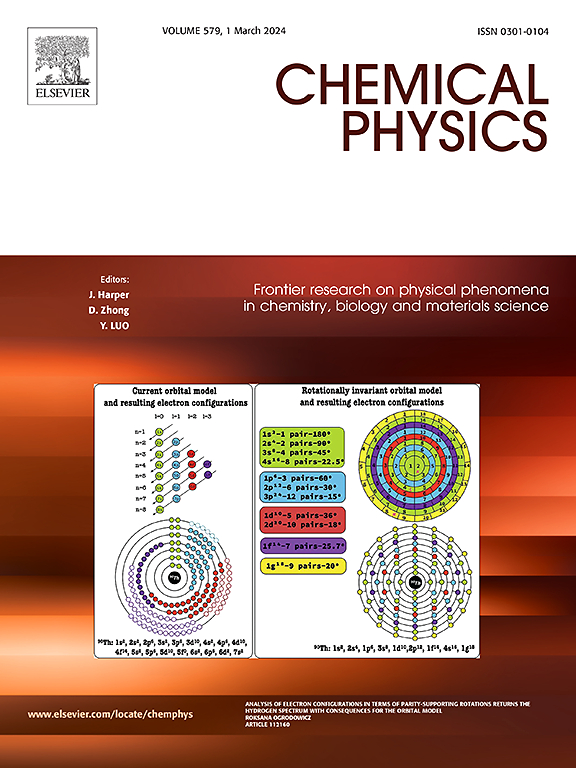Investigation on the effect of surface orientations on helium behavior using first-principles
IF 2.4
3区 化学
Q4 CHEMISTRY, PHYSICAL
引用次数: 0
Abstract
The structure and stability of the Y₂O₃ surface, along with helium (He) behavior near the surface, were investigated using first-principles calculations. Surface energy, dissolution, diffusion, and clustering behaviors were analyzed to explore He bubble nucleation mechanisms. Among the studied surface models, the O-Ter termination of the Y₂O₃ (1 1 1) surface demonstrated the highest stability due to its stoichiometric structure. Dissolution and diffusion analyses revealed that He is most stable at the (4 2 2) surface but is more readily released near the (1 0 0) surface under irradiation. Multi-He cluster configurations near the (1 1 1) surface indicated that a low-dissolution energy region can accommodate up to five He atoms before forming a nucleation center. These clusters initially grow parallel to the surface and later extend perpendicularly, ultimately forming He bubbles. The results provide critical insights into He behavior near Y₂O₃ surfaces in ODS-W materials.

用第一性原理研究表面取向对氦行为的影响
使用第一性原理计算研究了Y₂O₃表面的结构和稳定性,以及表面附近的氦(He)行为。分析了表面能、溶解、扩散和聚类行为,探讨了He气泡成核机理。在研究的表面模型中,由于其化学计量结构,Y₂O₃(11 11 11)表面的O- ter末端表现出最高的稳定性。溶解和扩散分析表明,He在(422)表面最稳定,但在辐照下更容易在(1 0 0)表面附近释放。(1 1 1)表面附近的多He团簇结构表明,在形成成核中心之前,低溶解能区域可以容纳多达5个He原子。这些团簇最初与表面平行生长,后来垂直延伸,最终形成He泡。结果为ODS-W材料中Y₂O₃表面附近的He行为提供了关键的见解。
本文章由计算机程序翻译,如有差异,请以英文原文为准。
求助全文
约1分钟内获得全文
求助全文
来源期刊

Chemical Physics
化学-物理:原子、分子和化学物理
CiteScore
4.60
自引率
4.30%
发文量
278
审稿时长
39 days
期刊介绍:
Chemical Physics publishes experimental and theoretical papers on all aspects of chemical physics. In this journal, experiments are related to theory, and in turn theoretical papers are related to present or future experiments. Subjects covered include: spectroscopy and molecular structure, interacting systems, relaxation phenomena, biological systems, materials, fundamental problems in molecular reactivity, molecular quantum theory and statistical mechanics. Computational chemistry studies of routine character are not appropriate for this journal.
 求助内容:
求助内容: 应助结果提醒方式:
应助结果提醒方式:


